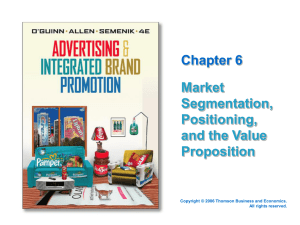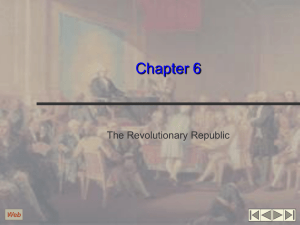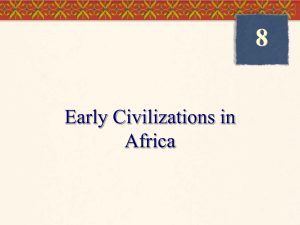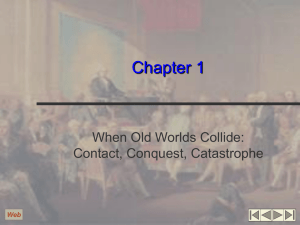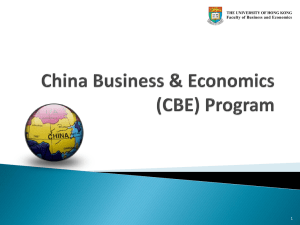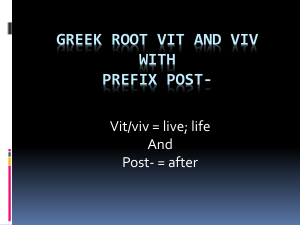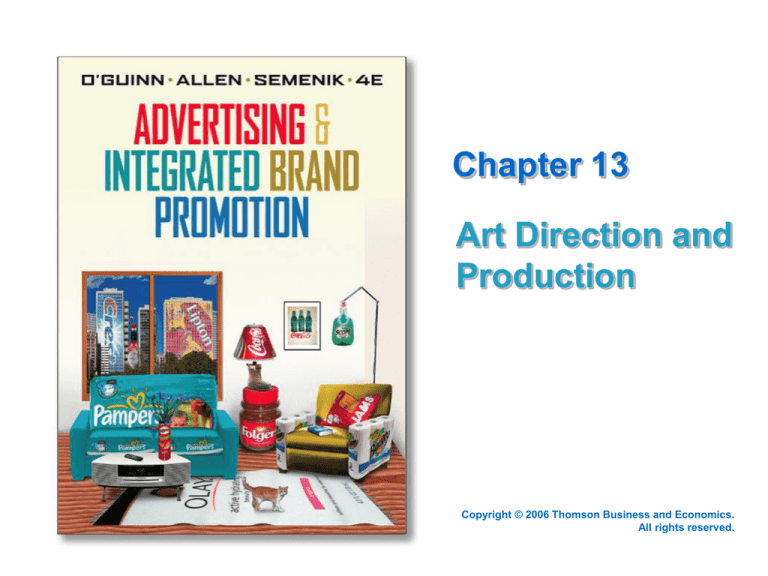
Chapter 13
Art Direction and
Production
Copyright © 2006 Thomson Business and Economics.
All rights reserved.
Art Direction and Production
• The Evolution from Words to Pictures
– Improved technology
– Advantages of visuals over text
• Brand images are built better with visuals.
• Visuals can be protected legally.
• Visuals are more portable than words across
cultures.
• Visuals allow placing the brand
in a social context.
Copyright © 2006 Thomson Business and Economics. All rights reserved.
13–2
Illustration
• Definition:
• Purposes:
– The actual drawing,
painting, photography,
or computer-generated
art in the ad
– Attract attention
– Make the brand heroic
– Communicate product
features or benefits
– Create a mood,
feeling, or image
– Stimulate reading of
the body copy
– Create the social
context for the brand
Copyright © 2006 Thomson Business and Economics. All rights reserved.
13–3
Illustration Components
Size
Color
Medium
Copyright © 2006 Thomson Business and Economics. All rights reserved.
13–4
Illustration Formats
• How the product or brand will appear
as part of the illustration
• Formats include
– Emphasizing the social context or
meaning of the product
– More abstract formats
• Must be consistent with
the copy strategy
Copyright © 2006 Thomson Business and Economics. All rights reserved.
13–5
Strategic and Creative Impact
of Illustration
• Attracts attention of target segment and stimulates
information processing
• Communicates brand value relative to target’s
decision making criteria
• Visually presents the creative strategy
• Creates a mood for the brand
• Creates an image for the brand
• Makes concrete the values and benefits of the
brand that may be intangible
Copyright © 2006 Thomson Business and Economics. All rights reserved.
13–6
Design
The structure and plan behind the
structure for the aesthetic and
stylistic aspects of a print
advertisement
Copyright © 2006 Thomson Business and Economics. All rights reserved.
13–7
Principles of Design
Balance
(Formal)
Copyright © 2006 Thomson Business and Economics. All rights reserved.
13–8
Formal balance can create a
very orderly look and feel.
Copyright © 2006 Thomson Business and Economics. All rights reserved.
13–9
Principles of Design
Balance
(Informal)
Copyright © 2006 Thomson Business and Economics. All rights reserved.
13–10
Informal balance
can create desired
eye movement
through an ad.
Copyright © 2006 Thomson Business and Economics. All rights reserved.
13–11
Principles of Design
Proportion
Copyright © 2006 Thomson Business and Economics. All rights reserved.
13–12
Principles of Design
Order
Copyright © 2006 Thomson Business and Economics. All rights reserved.
13–13
Principles of Design
Unity
Copyright © 2006 Thomson Business and Economics. All rights reserved.
13–14
Principles of Design
Emphasis
Copyright © 2006 Thomson Business and Economics. All rights reserved.
13–15
Emphasis in an ad will lead the reader to focus
on one layout element more than another.
Copyright © 2006 Thomson Business and Economics. All rights reserved.
13–16
Layout
1. Thumbnails
2. Rough layout
3. Comprehensive
4. Mechanicals
Copyright © 2006 Thomson Business and Economics. All rights reserved.
13–17
Print Production Processes
• Letterpress
• Gravure
• Offset lithography
• Flexography
• Electronic, laser, inkjet
• Computer print
production
Copyright © 2006 Thomson Business and Economics. All rights reserved.
13–18
Typography
Copyright © 2006 Thomson Business and Economics. All rights reserved.
13–19
Art Direction and Production
in Cyberspace
• Cyberspace is its own medium.
• The audience is not passive.
• At present, it is closer to print than TV.
• Revision can be done instantaneously.
• Persuasive content versus
entertainment is a challenge.
Copyright © 2006 Thomson Business and Economics. All rights reserved.
13–20
Art Direction in Television
Advertising
• TV has changed the face of advertising.
• TV is about moving visuals.
• It can leave impressions, set moods, tell
stories.
• It gets you to notice the brand.
• TV production is complex, with many
people and requires tremendous
organizational skills.
Copyright © 2006 Thomson Business and Economics. All rights reserved.
13–21
The Creative Team in
Television Advertising
Agency
Participants
Production Company
Participants
•
•
•
•
•
•
•
•
•
•
•
•
Creative Director (CD)
Art Director (AD)
Copywriter
Account Executive (AE)
Executive Producer
Producer
Copyright © 2006 Thomson Business and Economics. All rights reserved.
Director
Producer
Production Manager
Camera Department
Art Department
Editors
13–22
Creative Guidelines for
TV Advertising
• Use an attention-getting opening
• Emphasize the visual
• Coordinate the audio with the
visual
• Persuade as well as entertain
• Show the product
Copyright © 2006 Thomson Business and Economics. All rights reserved.
13–23
Production Process for
TV Advertising
• Preproduction
– Multiple activities that occur prior to
filming the commercial
• Production (shoot)
– Activities that occur during filming
• Postproduction
– Activities that occur after filming to
ready the commercial
Copyright © 2006 Thomson Business and Economics. All rights reserved.
13–24
Preproduction Process for
TV Advertising
Storyboard and
script approval
Review of bids from
production houses and
other suppliers
Budget approval
Creation of a
production timetable
Assessment of directors,
editorial houses, and
music suppliers
Selection of location,
sets, and cast
Copyright © 2006 Thomson Business and Economics. All rights reserved.
13–25
Production Process
• Filming the commercial, or “the shoot”
• Involves large numbers of diverse people:
– Creative performers
– Trained technicians
– Skilled laborers
• Sets often feature tension and spontaneity
• Typical commercial costs $100,000 to
$500,000
Copyright © 2006 Thomson Business and Economics. All rights reserved.
13–26
Postproduction Process
Screen dailies
Edit film
Record announcer
Produce search track
Record music
Review rough cut (agency)
Mix film and sound
Review rough cut (advertiser)
Transfer film to videotape
Edit offline
Prepare copies of tape
Edit online
Send tapes to TV stations
Copyright © 2006 Thomson Business and Economics. All rights reserved.
13–27
TV Production Options
Film
Videotape
Live Production
Still
Production
Copyright © 2006 Thomson Business and Economics. All rights reserved.
Animation
13–28


